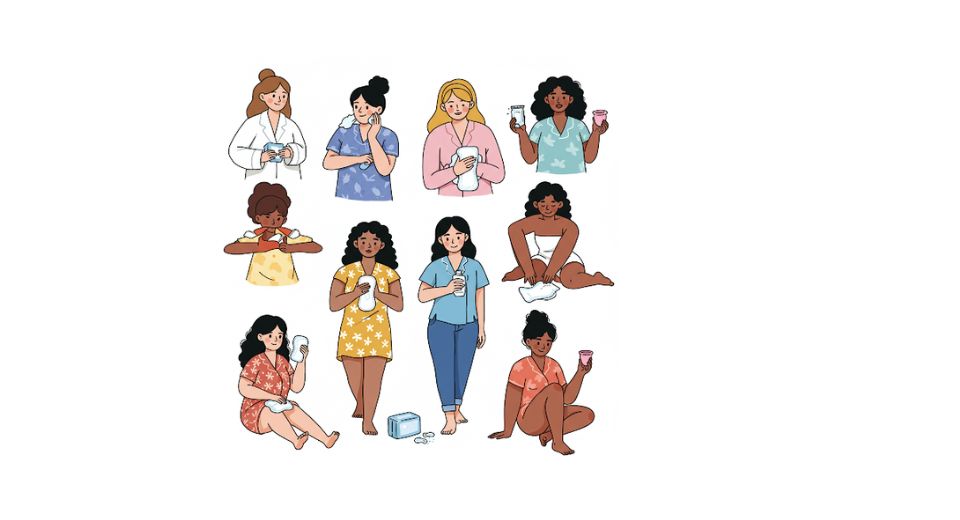
Apr 15, 2025

The latest publication from Metastat Insight delineates the metamorphosis in the scope of the Global Reusable Feminine Hygiene Products Market and offers a closer examination of how people engage with menstrual health in different social, cultural, and economic settings. Reusable feminine hygiene products began in niche markets and are gradually coming into the mainstream. As consumer behaviors change and day-to-day decisions reflect greater conscious consideration, these products are evolving from simply being alternatives to being filled with the positive connotations of a woman’s intimate world: comfort, autonomy, and practicality.
Global Reusable Feminine Hygiene Products market is estimated to reach $9,993.58 million in 2025 with a CAGR of 5.4% from 2025 to 2032.
While disposable products still dominate the discussion on menstrual care, reusable products have in recent times been gaining traction in the market, reflecting a shift that is not merely functional. Menstrual cups, reusable cloth pads, and period underwear are not entering the daily lives of menstruators as a collective craze but layered upon choices making statements of control and coherence. The emergence of these products in the lifestyle spectrum of menstruators-women in urban centers as well as rural pockets-is similar to the rapid growth of consumer interest across an array of demographics. The growing interest further depicts the gentle reconfiguration concerning period matters-from the strictly biological conversation into one that translates into real issues about personal health and self-managed health care.
Another interesting aspect, which gives reusable feminine hygiene products a unique signature, is the way they create a different kind of relationship between the user and the product. Disposability is replaced by maintenance, care, and familiarity. Familiarity within the relationship gives rise to consciousness: consciousness about the product, but equally if not more importantly, about her own cycle. While one-use disposable products require no thought, the care given to a reusable products becomes part of an ongoing intimate relationship. This slow cadence suits users who want reliability and predictability from their products in daily life, thus heightening the enjoyment of their use.
Reusable designs and aesthetics have undergone some exploration; menstrual care used to be convenience-driven and invisible-packaged to hide. In contrast, reusable certainly, if subtly, celebrates visibility. Period underwear looks like normal underwear; cups come in colors the user loves; cloth pads are often made from soft skin-friendly materials, with discreet prints. Such design decisions are intentional. They illustrate how the product is meant to fit into real life without any disruption or embarrassment. That stress on quiet self-assurance has allowed these products to develop a certain credibility among users.
Aspects such as tools for clear, user-friendly communication concern consumers regarding this type of items, retailers and direct-to-consumer brands. Instructional support has made it into the customer journey-customer packaging, and communities. It is because a reusable feminine hygiene product is not bought; it is learned. How do they use it, clean it, store it, and ultimately how does it change their routine? The trust that is required to take that leap is very great and, of course, the market has partly responded with resources that smoothen that transition with little friction.
There is something also about how these products act as icebreakers in communities where menstrual health has traditionally been tabooed. In very limited spaces of public discussion open usually, the materiality of a product one has to care and reuse often ignites conversation between the users. Whether from informal chats, social media, or with structured community workshops, the product is a catalyst. It makes it a topic visible, unavoidable in a constructive way, and part of a collective exchange. That joint experience provides a sense of connection-women and menstruators discussing their experiences, the learning curves, and even the doubts-again often leads to more adoption and understanding.
As this category continues to grow, global supply networks and localized distribution strategies have evolved. Most reusable products are combined with education programs, which help people's access to the item and how to care for it. An example of this is in places where retail channels are limited. Both these practical and other learning experiences have allowed the market of the Global Reusable Feminine Hygiene Products, as it were, to grow at a very steady pace. Conversations today are no longer purely about availability; there also exists flexibility and the daily habits that accompany it.
For many manufacturers, finding novel ways of integrating material innovation that combines comfort, durability, and ease of care has become a trending activity. The research and production of these products have never been static or boring. New textiles such as antibacterial finishes and ergonomic designs which reduce care time while also increasing efficiency are being introduced. Not loudly or disruptively dynamic, the category evolves according to user feedback and lived-in experiences. And as those experiences accumulate and circulate through word-of-mouth, customer reviews, and education channels, the confidence in these products continues to grow.
By the details shown in the Global Reusable feminine hygiene products market report by Metastat Insight, one can easily judge that the development is comparable to that of the product and also that of the changing perceptions of people on their own bodies.
Drop us an email at:
Call us on:
+1 214 613 5758
+91 73850 57479